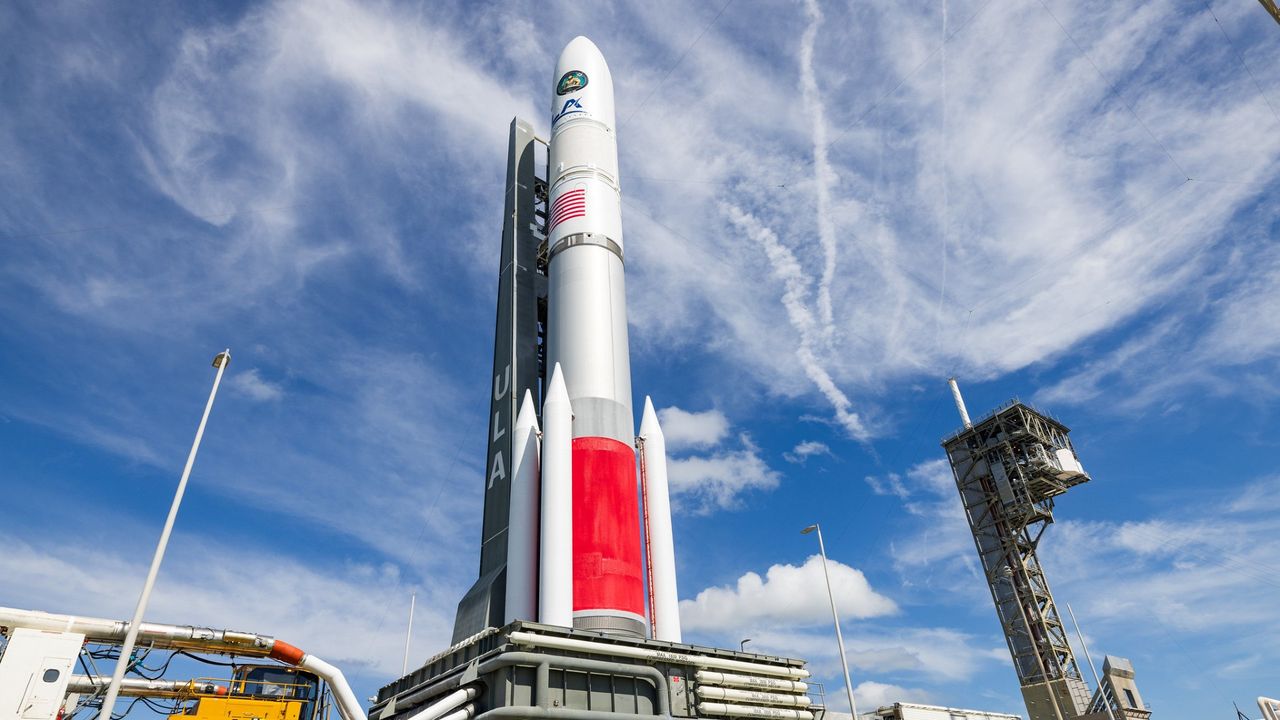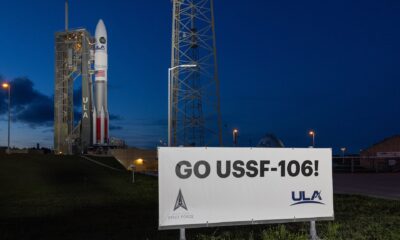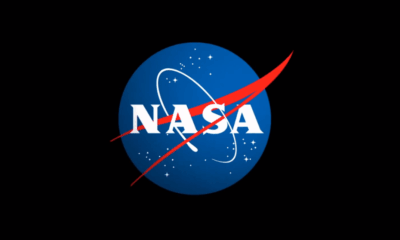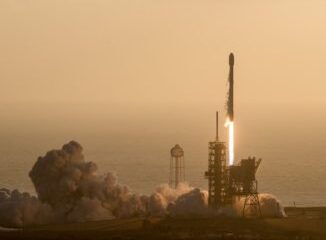Science
Vulcan Centaur Rocket Launches Experimental Military Satellite

The United Launch Alliance (ULA) successfully launched its most powerful rocket, the Vulcan Centaur, on August 12, 2025. The mission saw the deployment of the U.S. military’s first experimental navigation satellite in nearly five decades. The launch occurred during a one-hour window that opened at 19:59 ET (23:59 GMT) from Space Launch Complex 41 at Cape Canaveral Space Force Station in Florida.
With a forecast predicting a 75% chance of favorable weather, the Vulcan Centaur took to the skies, equipped with four side-mounted solid rocket boosters. This configuration generated sufficient thrust to propel the satellite directly into geosynchronous orbit, marking one of ULA’s longest missions, which spanned over 22,000 miles (35,000 kilometers) and lasted approximately seven hours.
The payload for this mission, designated Navigation Technology Satellite-3 (NTS-3), is a position, navigation, and timing (PNT) satellite. It is designed to provide data similar to that of the well-known GPS system. According to Andrew Builta of L3Harris Technologies, the prime contractor for the PNT payload, this satellite is testing new technologies aimed at enhancing its resilience against jamming and spoofing, challenges that have increasingly affected both military and commercial satellite operations.
The NTS-3 features a phased array antenna capable of directing powerful beams to ground forces, which is crucial in combat scenarios where jamming is a concern. “This satellite will conduct experiments to evaluate how effective these new technologies are at circumventing jamming attacks,” Builta stated during a media roundtable on August 11, 2025.
In a notable advancement, the satellite’s software architecture allows for reprogramming while in orbit. Builta emphasized this capability as a significant leap forward in satellite technology.
The Vulcan Centaur rocket itself stands 202 feet (61 meters) tall and has completed two successful flights prior to this mission. Its inaugural flight occurred in January 2024, launching Astrobotic’s Peregrine lunar lander, which encountered issues and fell back to Earth. The second flight took place in October 2024, deploying a mass simulator intended for the anticipated launch of Sierra Space’s Dream Chaser. Unfortunately, this flight also experienced an anomaly, attributed to a manufacturing defect in one of the rocket’s solid boosters.
Despite the challenges during previous launches, the U.S. Space Force has certified the Vulcan Centaur for national security missions, including the current launch. This certification expands the number of launch providers qualified to deploy military and spy satellites to two, the other being SpaceX.
Looking ahead, ULA has already slated the Vulcan Centaur for over two dozen national security missions on behalf of the U.S. Space Force, demonstrating its critical role in advancing military satellite capabilities. The rocket is capable of launching from both Cape Canaveral and Vandenberg Space Force stations, further solidifying its strategic importance in national defense initiatives.
-

 Technology3 weeks ago
Technology3 weeks agoDiscover the Top 10 Calorie Counting Apps of 2025
-

 Lifestyle4 weeks ago
Lifestyle4 weeks agoBelton Family Reunites After Daughter Survives Hill Country Floods
-

 Education4 weeks ago
Education4 weeks agoWinter Park School’s Grade Drops to C, Parents Express Concerns
-

 Technology2 weeks ago
Technology2 weeks agoHarmonic Launches AI Chatbot App to Transform Mathematical Reasoning
-

 Technology4 weeks ago
Technology4 weeks agoMeta Initiates $60B AI Data Center Expansion, Starting in Ohio
-

 Technology4 weeks ago
Technology4 weeks agoByteDance Ventures into Mixed Reality with New Headset Development
-

 Lifestyle4 weeks ago
Lifestyle4 weeks agoNew Restaurants Transform Minneapolis Dining Scene with Music and Flavor
-

 Technology3 weeks ago
Technology3 weeks agoMathieu van der Poel Withdraws from Tour de France Due to Pneumonia
-

 Technology4 weeks ago
Technology4 weeks agoRecovering a Suspended TikTok Account: A Step-by-Step Guide
-

 Technology4 weeks ago
Technology4 weeks agoGlobal Market for Air Quality Technologies to Hit $419 Billion by 2033
-

 Health4 weeks ago
Health4 weeks agoSudden Vision Loss: Warning Signs of Stroke and Dietary Solutions
-

 Technology4 weeks ago
Technology4 weeks agoTrump Faces Internal Struggles Over Epstein Files Handling




















